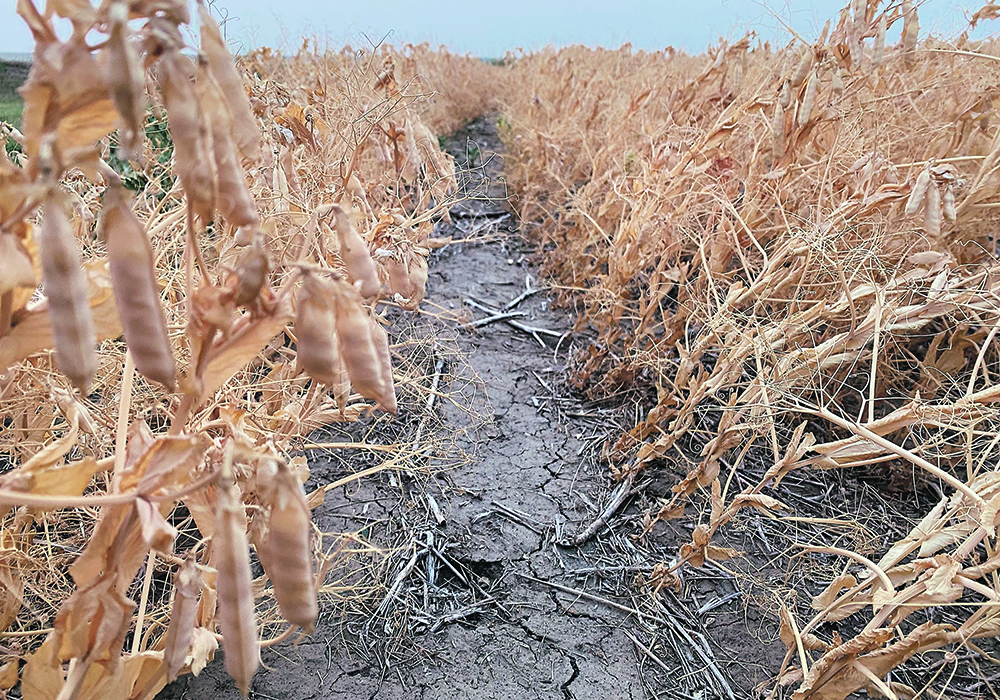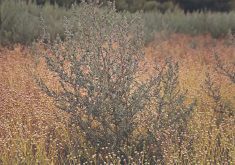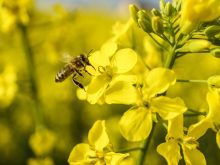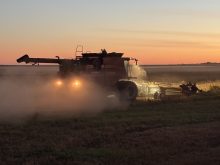AgriInvest, AgriStability and the Advance Payments Program all have limits on payouts and government contributions. The one program that doesn’t is crop insurance. Should crop insurance (AgriInsurance) have a cap?
AgriInvest allows a farmer to invest one percent of allowable net sales and have that amount matched by government with $1 million in allowable net sales being the cap. That means a maximum government contribution of $10,000 a year.
For AgriStability, the maximum payout for any one fiscal year is capped at $3 million.
Under the Advance Payments Program, the maximum interest-free loan is $100,000 with producers able to borrow up to $1 million at prime less 0.75 percent.
Read Also

Farmer ownership cannot be seen as a guarantee for success
It’s a powerful movement when people band together to form co-ops and credit unions, but member ownership is no guarantee of success.
Crop insurance is the only program that’s wide open. Consider a 50,000-acre farm seeding half canola and half wheat. Let’s assume the canola coverage per acre averages $600 with the wheat at $400. That’s a liability of $15 million on the canola and $10 million on the wheat.
In the event of the crops yielding only half of the crop insurance guarantee, this farm would receive a government cheque for $12.5 million. For the horrific drought year of 2021, there were no doubt farms that received huge payments.
Some will argue that farm safety nets should not be capped. Others will argue that caps are good policy and that very large farms shouldn’t get an inordinate amount of government money to grow even larger. They are big league and should be able to cover some of their own risk.
The cap could be acres insured, but it would probably make more sense to set a maximum liability. That would take both acres and coverage per acre into account.
Establishing a cap might be an incentive for large farms to simply divide the business into two or more farm corporations to get around the policy. However, a precedent exists to thwart that avoidance.
If you look at the rules for AgriStability, a farm may be combined with another farm even if each farm reports separately for income tax purposes if the farms are not legally independent, financially independent or operationally independent.
The program guidance goes on to say the farms may be combined and treated as a whole farm when all or some of the transactions between the farms are not at fair market value, all farms do not maintain separate books or the farms share the same land or equipment.
So, based on the rules for AgriStability, it would seem feasible that crop insurance could also be regulated to avoid farms dividing for the purpose of circumventing a cap.
With business risk management programs up for review, no one seems to be discussing a maximum on crop insurance. It would be interesting to see an analysis of the savings from implementing caps at different levels.
Might there be enough money saved to increase AgriStability coverage levels? Might there be enough money to cost-share the premiums for livestock price insurance?
Nothing prevents farms from becoming very large. No limit exists on how many acres one entity can farm. However, past a certain size, is it government’s role to provide subsidized crop insurance?
Is there support for the concept of a crop insurance cap? If so, should the cap be $5 million, $10 million or $20 million in liability? And where should government savings be deployed for the best advantage to producers?
For some reason, this is a discussion that has apparently never occurred. Now would be a good time.
Kevin Hursh is an agricultural journalist, consultant and farmer. He can be reached by e-mail at kevin@hursh.ca.
















